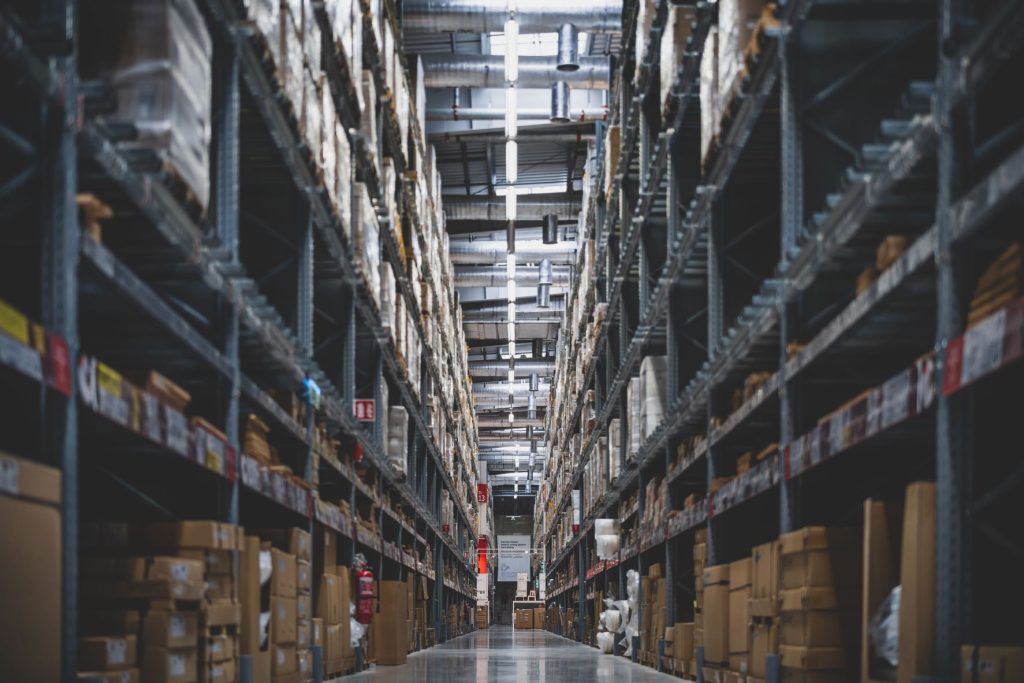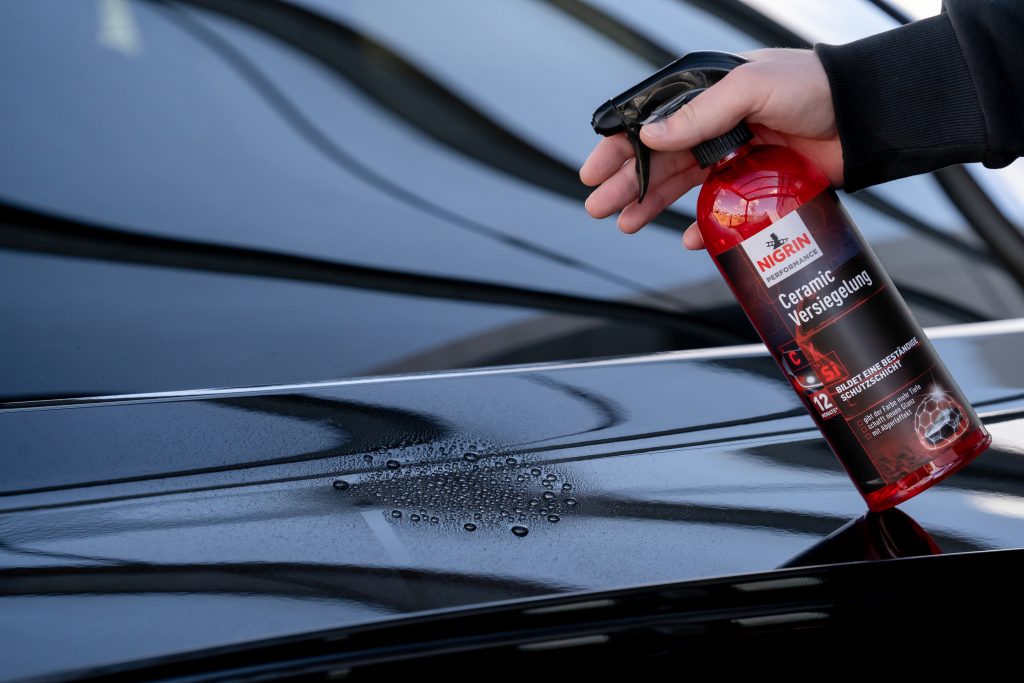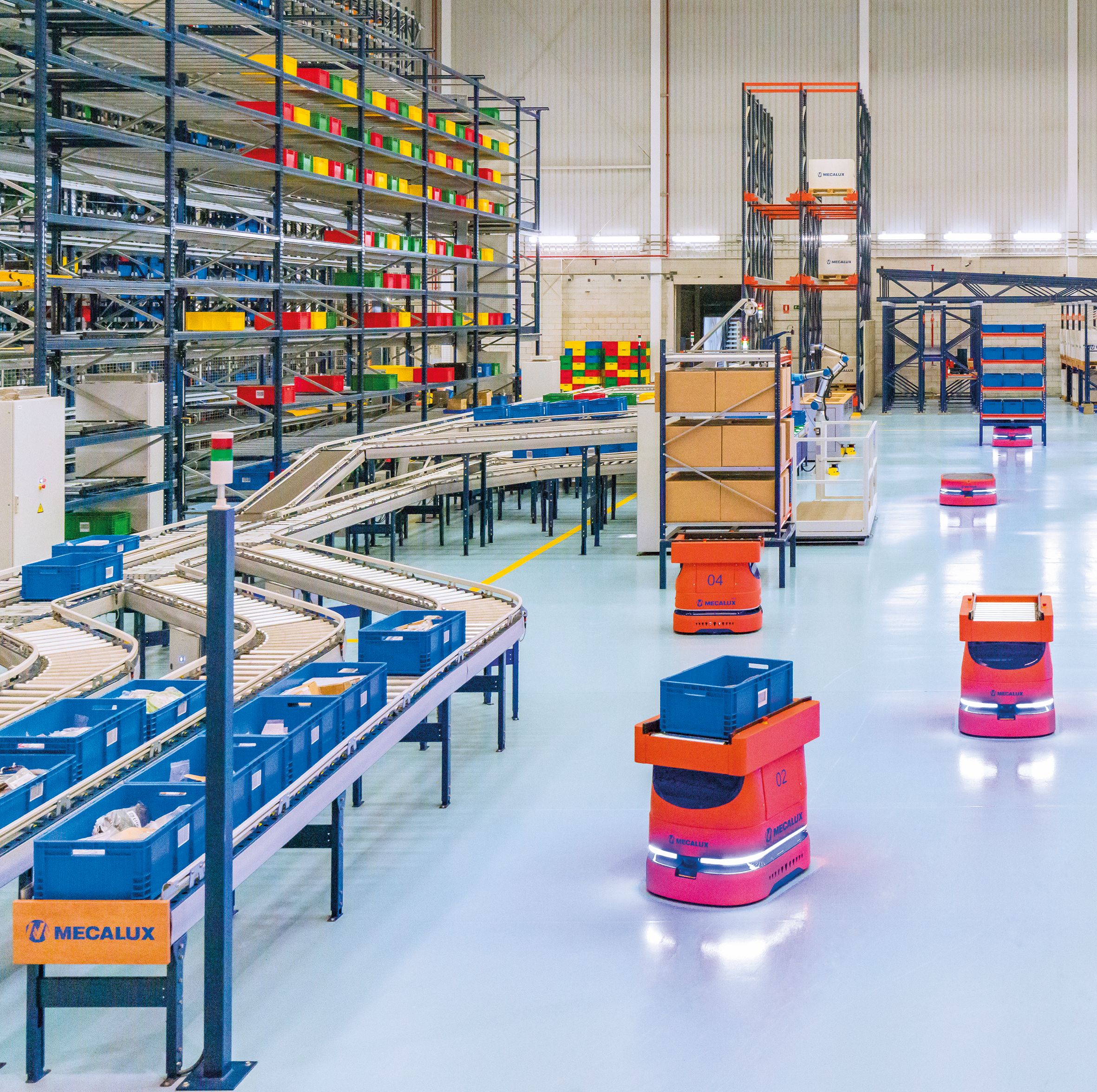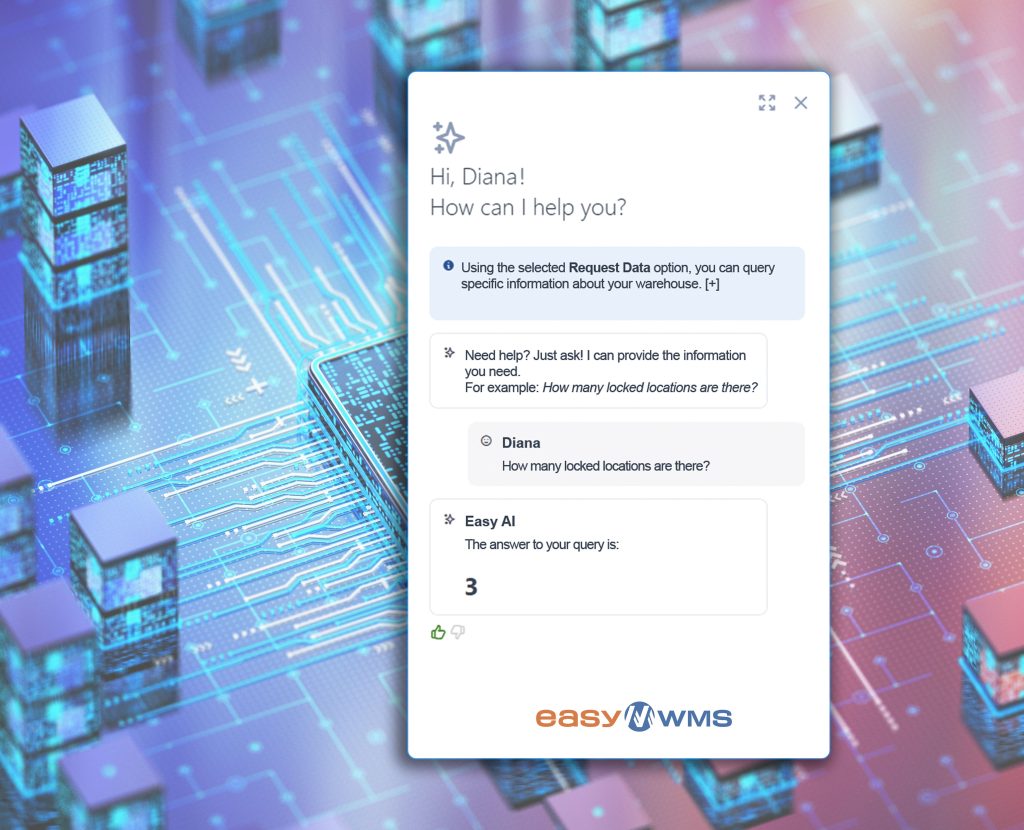Scott Saunders, technical service manager at Watco, shares practical advice to help facility managers keep warehouses safe and efficient during the peak season.
The run-up to Christmas and the New Year sales period is one of the busiest periods for logistics and warehousing. From November to January, the season brings higher order volumes, shorter turnaround times, and pressure on the supply chain. With Black Friday and Cyber Monday now well established too, the challenge grows each year, and with it the need for greater control over safety and efficiency.
By preparing early, reviewing layouts, and strengthening maintenance routines, warehouse facilities management (FM) teams can not only get through the busy period smoothly but also set themselves up for the months ahead.
Optimising warehouse layout
As seasonal stock arrives, warehouse space becomes more valuable. Cluttered aisles and congested loading bays slow operations and increase the risk of accidents. Before the busiest period begins, reviewing the layout and applying durable floor paints to define areas can make a big difference.
Line marking, completed using coloured paints or durable tapes, creates a visual map on the floor of the facility. Illustrating defined zones, walkways, and storage areas by painting the floor in specific colours helps to coordinate where vehicles and team members will be in the facility, reducing confusion. It also highlights routes for deliveries and collections, improving flow through loading docks and dispatch areas.
Colour-coded pathways and painted sections of the floor guide team members to emergency exits and fire extinguishers, making them easy to locate in an emergency too. Line marking can help to reduce accidents. Paints or safety tapes with anti slip properties can be used, increasing grip underfoot to prevent falls in areas that get wet during winter months e.g. pathways near entrances and loading bays.
Supporting temporary staff
During peak season, many facilities rely on temporary or seasonal staff to meet demand. With higher footfall across the warehouse floor, ensuring these team members can work safely is essential.

Structured inductions are key to help new team members understand how the warehouse operates: where things are located, how to move around safely, and how to report issues. Clearly defined floor areas and walkways are also particularly useful because by following them and learning the colour scheme, team members can stay out of the path of hazards and vehicles.
However, the third point requires the FM team to agree a system. The increase in traffic during the busy period puts more strain on surfaces, so cracks and holes appear. To ensure that repairs can be completed before it is left to worsen over time, the FM team needs to know about it. A central reporting system, e.g. a physical notebook to write in, or an allocated team leader to tell, or even a number to call will mean that FMs are aware of damaged surfaces sooner and can schedule fast, cost-effective repairs. Regular reminders on the importance of reporting hazards, such as wet floors or damaged surfaces, also foster a culture of shared responsibility.
Staying proactive with maintenance
When surface damage such as cracks and holes are left to worsen over time, they can escalate into a time-consuming, costly repair that requires operations to be adjusted away from the area. During peak season, damaged surfaces impact safety and productivity, creating trip hazards for busy team members or risking damage to vehicles and equipment if wheels get stuck in the uneven floor.
Completing a full site inspection now will help to get on top of existing damage and hazards prior to the peak busy period, however, during the period FM teams should be regularly inspecting key areas of the facility and logging damage ready for action. To ensure that all FM team members can confidently complete repairs, managers should signpost resources such as checklists, eBooks and how to videos which support varied learning styles.
Keeping fast-curing repair products on hand will also help to manage the downtime and disruption required during peak season, while ensuring that required repairs take place. These products often cure within hours, helping facilities stay operational even when damage is spotted.
Taking this proactive approach not only improves safety and reliability but also ensures that repairs are easier and less disruptive.
Stronger foundations
The end of the year will always bring extra pressure for the warehousing and logistics sector. Yet facilities that invest time in preparation, from clear line marking and organised layouts to staff training and proactive maintenance, are the ones most likely to benefit from smooth operations. The same systems that keep things running smoothly during the peak season will continue to deliver benefits long after the season has ended.







